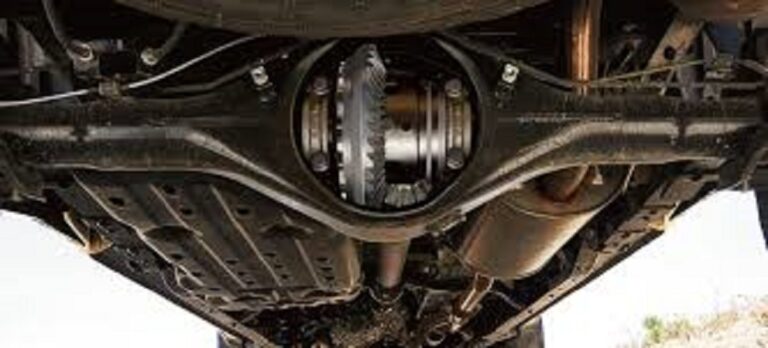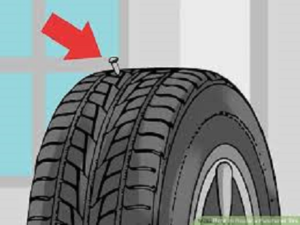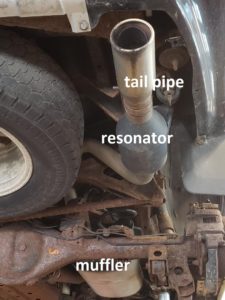Posted on 11/30/2021

The noise you are hearing is most likely coming from the rear differential. The name ‘differential’ means it can distribute different kinds of speeds to wheels especially during a turn. The effectiveness of the differential is dependent on how precise these gears are arranged and oriented to each other. If, for example, lubrication runs low on the mechanism or the arrangement of the gears goes out of place, rear differential noise occurs. Whining gears, noisy bearings and clunking are common rear differential noises that need to be checked out by a professional technician. Make your appointment today; don’t delay this important service
Posted on 11/18/2021

Brrr! The weather is definitely getting colder and having enough heat in your car is important. Not only to keep our bodies warm, but also because heat is needed to remove any fog or ice build-up on your windshield. There are a few reasons why your car’s heater is not getting hot enough. First, your car may need more antifreeze in the radiator. If this is the case, there most likely is a leak somewhere in the system. Another reason for low heat would be a bad thermostat. A thermostat maintains an engine’s optimum operating temperature by regulating the flow of coolant to the radiator. A third reason for your heating issue could be a blower fan that isn’t working properly. You may not be able to feel much air, if any, coming through the vents. It sounds like you may have heat, but the heat is not coming through the vents. Do any of these situations sound like it could be the cause of your problem? Not sure? Give us a call at 608-782-1375. One of our technicians will look it over, dia ... read more
Posted on 11/4/2021

Chattering noise of old wipers…Eeeeek! That’s one annoying sound! It’s time to get those wipers replaced. Not only do worn out wipers chatter, it won’t be long before they will interfere with your ability to see clearly. Wipers are constantly exposed to the extremes in weather temperatures. It’s no wonder, they get dry, brittle and torn. How many times have you been caught off-guard by the first winter storm of the season, only to have a streaky windshield that you can barely see out of? To avoid those nasty surprises, wiper blades should generally be changed every 6 months. It’s also a good idea to keep your vehicle’s windshield washer fluid topped off as well. Have a safe upcoming winter on the road
Posted on 11/2/2021

When you hear a person speak of the non-repair zone of a tire, they are speaking of a part of the tire that has been punctured. Most often it is likely by a screw or nail. I can’t emphasize enough the importance of having all tire repairs be completed by a trained mechanic to do a complete and proper repair. Having good tires is so important for your safety. You want to make sure any tire repair is done correctly. The picture below shows you the repair area (grey) and the non-repair zone (red) on a tire. If a puncture occurs in the repair zone then your technician will do an inspection of the interior of the tire. Afterwards the mechanic will decide if a repair can be completed. He/ she will look at the size and spacing of the damages to determine if the tire can be fixed or will need to be scrapped. For more information on tire repair and our Tire Warranty, click on the link below. Then click on Tires and Tire Inspection and then Tire Warranty
Posted on 10/27/2021

Good question! You already know that your exhaust system is composed of more that one part (for example the exhaust). That’s why they call it an exhaust system! There is also more than one function of the exhaust system (like: keep your car quiet). COMPONENTS OF AN EXHAUST SYSTEM The basic components of an exhaust system are: O2 sensors, catalytic converter(s), exhaust pipe, muffler and tail pipe. The basic functions of the exhaust system are: to safely get the hot exhaust from the engine out the tail pipe, remove harmful pollutants and muffle the engine noise to acceptable levels. We all have heard a loud exhaust… quite harmful to the ears! HOW THE EXHAUST SYSTEM WORKS First, the catalytic converter “scrubs” the harmful pollutants and particles from the exhaust gas that is created when the engine is running. Next, the exhaust gas runs through the exhaust pipe, then the muffler and out the tail pipe. You will notice that the exhaust pipe is curved. This is so that t ... read more